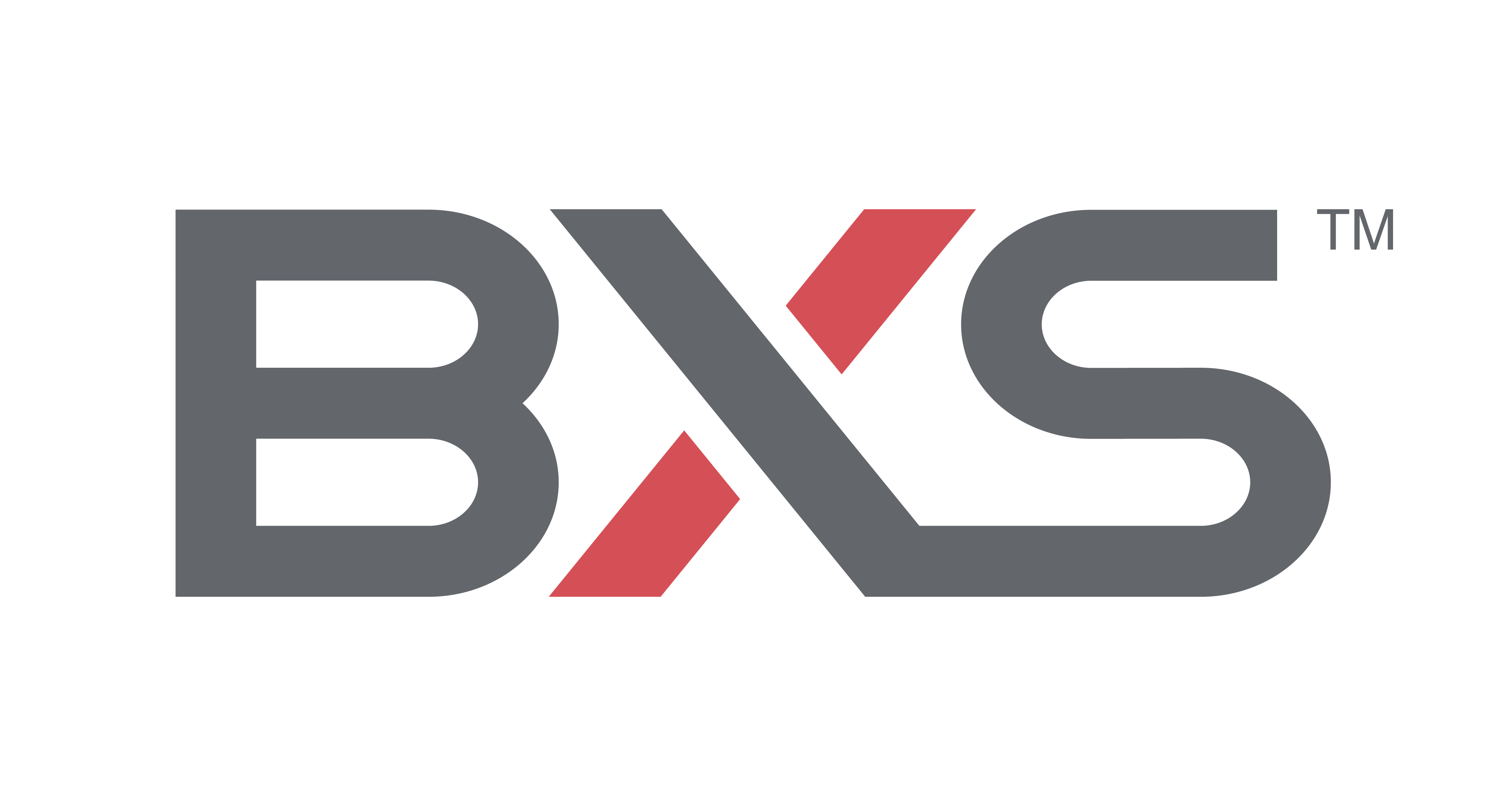February 4, 2025
In The News
2025 FINRA Annual Regulatory Oversight Report
On January 28th, 2025 Finra released their “2025 FINRA Annual Regulatory Oversight Report.”
This report highlights trade surveillance requirements for broker-dealers and common pitfalls in their systems and procedures.
Findings and Effective Practices
- Inadequate WSPs:
- Not having procedures reasonably designed—based on the types of business the firm engages in—to identify patterns of manipulative conduct; not identifying specific steps and individuals responsible for monitoring for manipulative conduct; and not outlining escalation processes for detected manipulative conduct.
- Not tailoring procedures to reasonably supervise differing sources of order flow (e.g., proprietary trades, retail customers, institutional customers, foreign financial institutions).
- Non-Specific Surveillance Thresholds:
- Not reasonably designing and establishing surveillance controls to capture manipulative trading (e.g., thresholds not designed to capture the appropriate market class of securities or type of securities or include both customer and proprietary trading or thresholds set too low or too high to identify meaningful activity).
- Failing to periodically evaluate adequacy of firms’ controls and thresholds in light of changes in their business, customer base or the market.
- Surveillance Deficiencies:
- Not establishing and maintaining a surveillance system reasonably designed to monitor for potentially manipulative trading (e.g., potential layering, spoofing, wash trades, prearranged trades, marking the close) with parameters that are reasonably designed and documented.
- Not adequately monitoring customer activity for patterns of potential manipulation, including potential prearranged trading across customers.
- Not considering external sources for red flags (e.g., inquiries from regulators or service providers or publicly available information about known manipulators).
- Not performing the timely review of surveillance alerts or exception reports.
- Not dedicating sufficient resources and training to the review of surveillance alerts or exception reports.
- Not documenting alert review findings.
